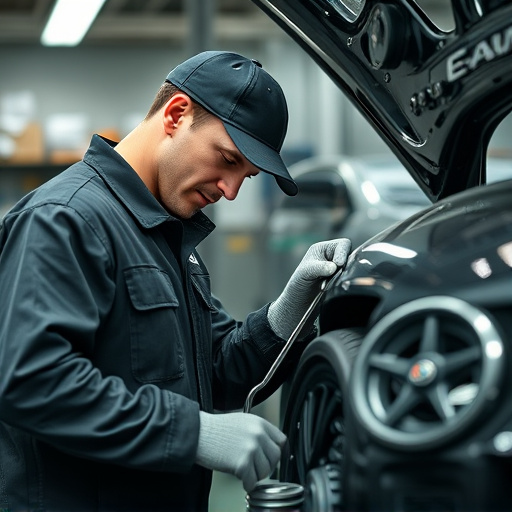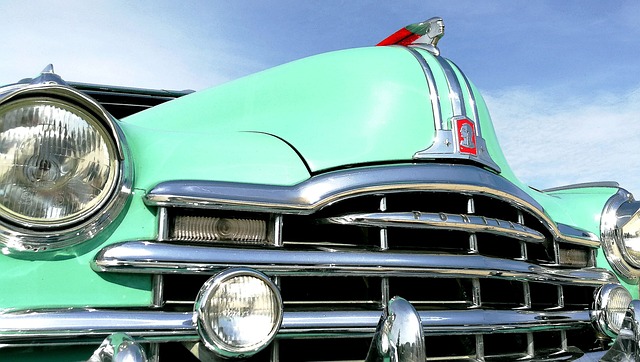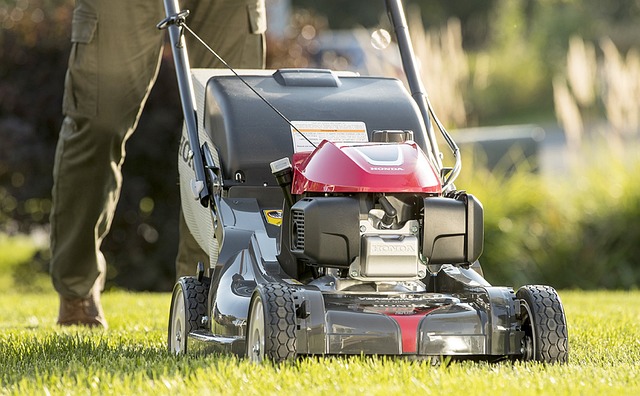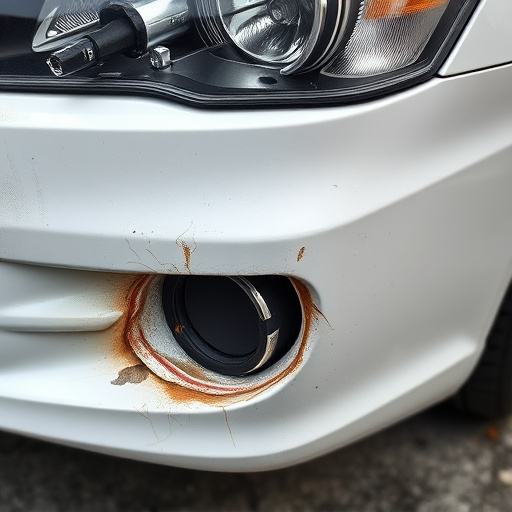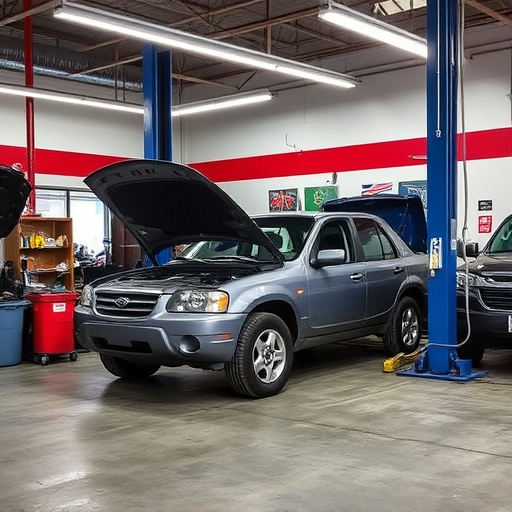Waterborne paint systems are revolutionizing auto body painting by providing an eco-friendly and safer alternative to traditional solvent-based coatings, with reduced volatile organic compound (VOC) emissions and minimal waste. These advanced systems offer superior coverage, durability, and faster drying times, ensuring efficient and high-quality car restoration. Key certifications like EPA approval for low- or no-VOC content and FSC certification for sustainable forest management assure environmental responsibility and product quality, making waterborne paints a popular choice in automotive and bodywork sectors. As consumer demand for eco-friendly products grows, these innovative systems are poised for broader adoption, with future advancements aiming to improve performance and expand applications across industries, contributing to a greener paint industry.
Waterborne paint systems are gaining traction as an eco-friendly alternative to traditional coatings, offering significant environmental benefits. This article explores these innovative systems, focusing on their understanding, key certifications, and growing role in the green industry. Discover how waterborne paints reduce volatile organic compounds (VOCs) and minimize ecological impact, making them a sustainable choice for various applications. Learn about the leading environmental certifications that ensure their quality and eco-friendly credentials.
- Understanding Waterborne Paint Systems: The Eco-Friendly Alternative
- Key Environmental Certifications for Waterborne Paints
- Benefits and Future of Waterborne Paint Systems in the Green Industry
Understanding Waterborne Paint Systems: The Eco-Friendly Alternative
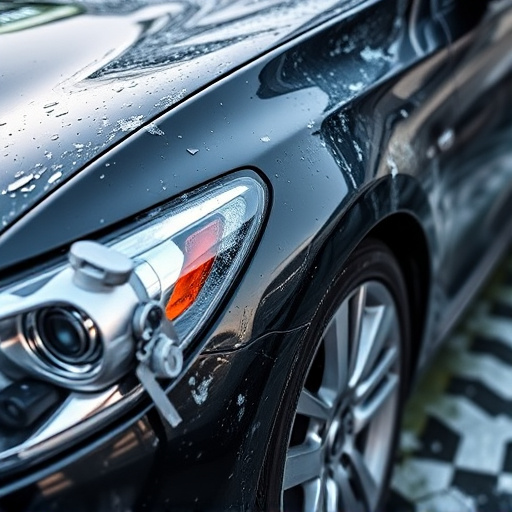
Waterborne paint systems have emerged as an eco-friendly alternative to traditional solvent-based coatings. These innovative systems use water as a carrier instead of volatile organic compounds (VOCs), significantly reducing their environmental impact. By eliminating harmful fumes and minimizing waste, waterborne paints offer a safer and more sustainable option for various applications, including car restoration and auto body painting.
For auto repair shops and enthusiasts engaging in auto body painting, transitioning to waterborne paint systems presents numerous benefits. They not only contribute to cleaner work environments but also enhance the overall quality of finishes. With advanced formulations, these paints provide excellent coverage, durability, and faster drying times, ensuring efficient and effective car restoration processes.
Key Environmental Certifications for Waterborne Paints
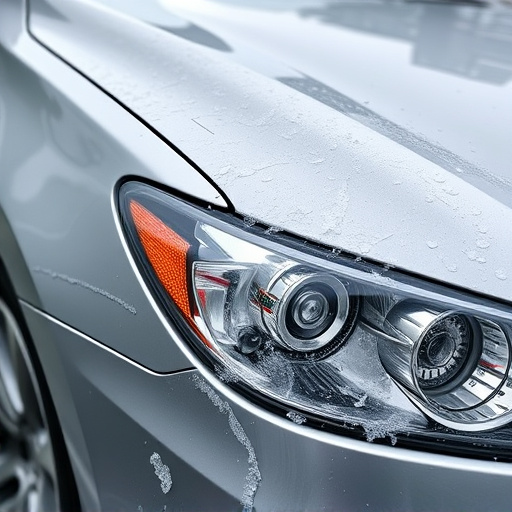
In the realm of sustainable manufacturing, environmental certifications play a pivotal role, especially for waterborne paint systems. These paints, known for their lower volatile organic compound (VOC) emissions and improved air quality, are increasingly preferred in various industries, including automotive and bodywork services. Key certifications like the Environmental Protection Agency’s (EPA) approval for low-VOC or no-VOC content ensure that these waterborne paints meet stringent environmental standards, making them a responsible choice for eco-conscious consumers and professionals alike.
Furthermore, the Forest Stewardship Council (FSC) certification is significant for products associated with vehicle repair services and car bodywork, emphasizing sustainable forest management. This certification encourages the use of responsibly sourced materials in waterborne paint systems, contributing to a broader environmental conservation effort. Thus, when considering waterborne paints for automotive applications or car paint repairs, these certifications serve as reliable indicators of environmental responsibility and quality.
Benefits and Future of Waterborne Paint Systems in the Green Industry

Waterborne paint systems are revolutionizing the green industry by offering a sustainable alternative to traditional coatings. These innovative systems utilize water as a solvent, significantly reducing volatile organic compound (VOC) emissions and minimizing environmental impact. Benefits extend beyond ecological advantages; waterborne paints provide superior performance, including improved durability, faster drying times, and enhanced resistance to fading and chipping. Their low odor and non-toxic nature make them safer for both applicators and the environment, making them a preferred choice in industries such as auto repair shops and collision centers that prioritize sustainability without compromising quality.
Looking ahead, the future of waterborne paint systems appears promising. As consumer awareness of environmental issues continues to grow, demand for eco-friendly products will only increase. Ongoing research and development efforts are expected to further refine these technologies, improving their adhesion, flow, and long-term performance. Integrating advanced pigments and additives could expand their applications across various sectors, from automotive finishes in Mercedes Benz repair centers to industrial coatings, ultimately contributing to a greener and more sustainable future for the paint industry as a whole.
Waterborne paint systems are not only an eco-friendly alternative but also a significant step towards a greener future for the industry. With various environmental certifications available, these systems offer numerous benefits, including reduced emissions and less hazardous waste. As awareness of sustainable practices grows, the demand for waterborne paints is expected to rise, driving innovation and further minimizing their environmental impact. By embracing these technologies, businesses can contribute to a cleaner, healthier planet while meeting the evolving preferences of consumers who prioritize sustainability.
